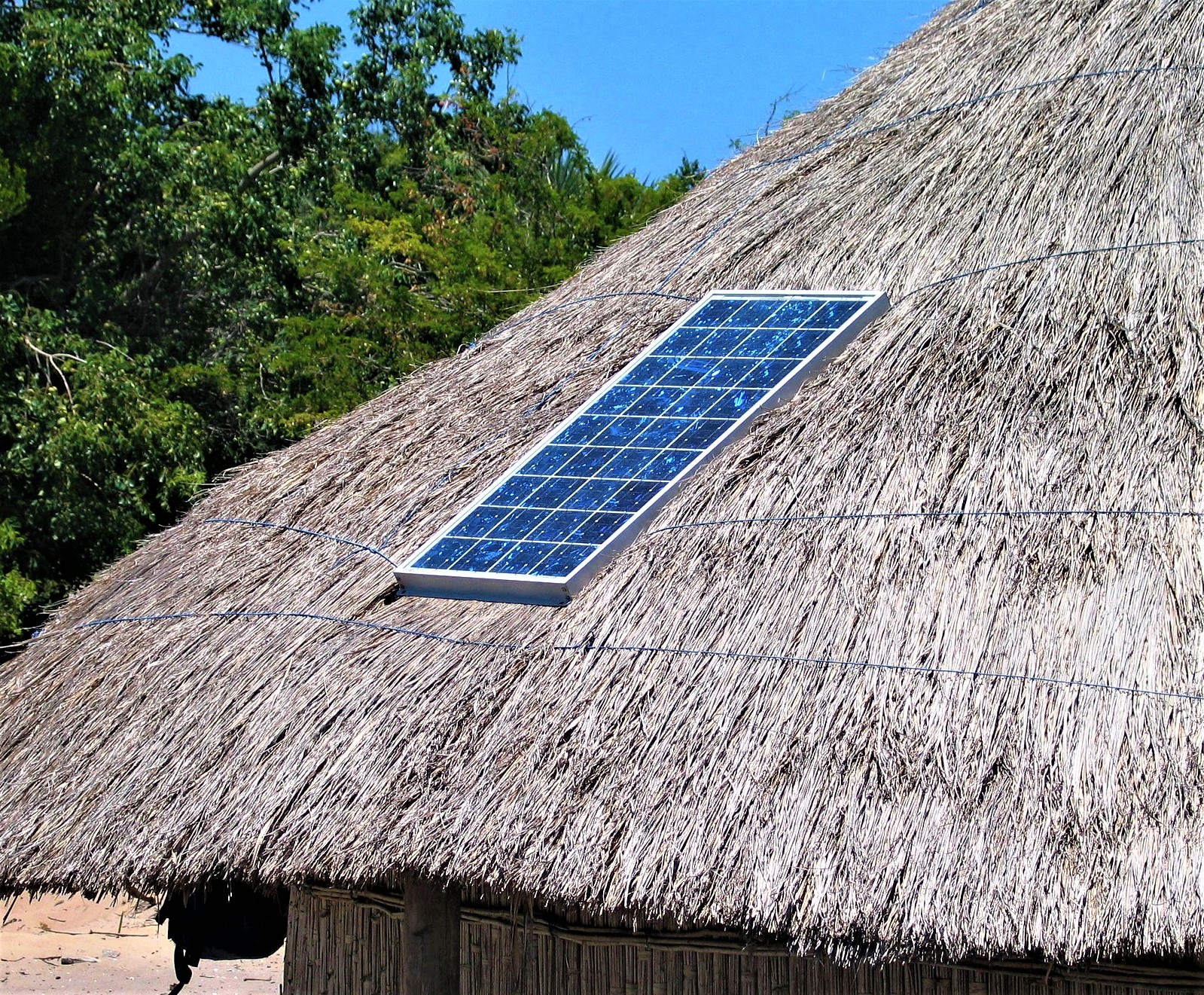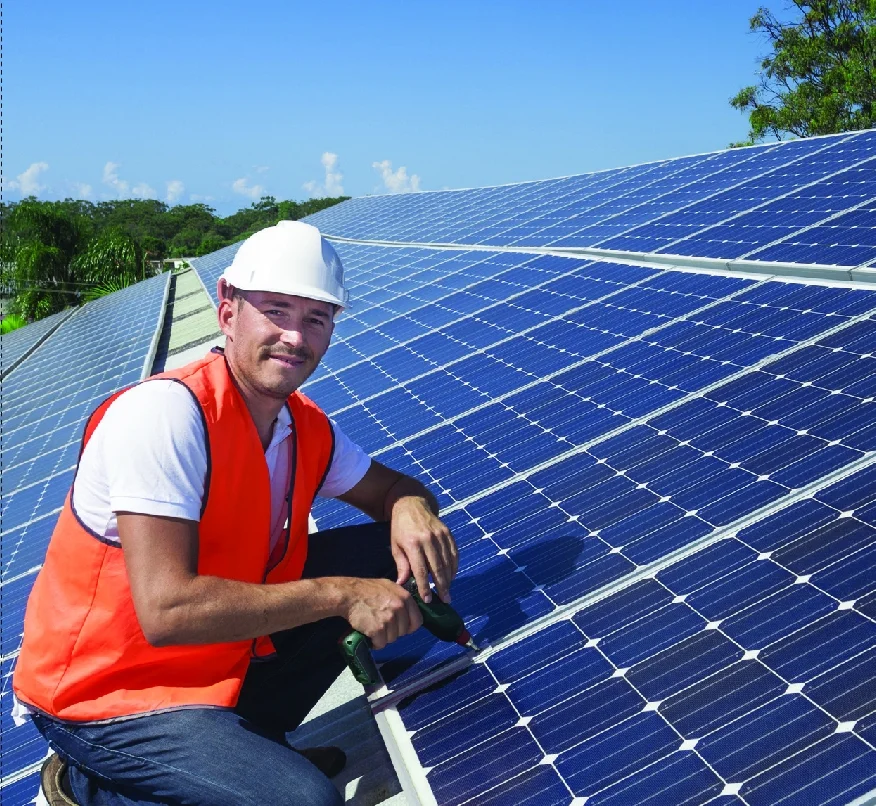Renewable Energy Can Help Solve Poverty
The statistics of poverty are pretty scary.
Around 10% of the world's population lives in extreme poverty. And 13% of our population lives without electricity. Shockingly, 38% of people still rely on traditional biomass (wood, kerosene, and charcoal) for heating and cooking. Over 600 million people in Sub-Saharan Africa live in extreme poverty conditions every single day.
To assist those in poverty, we must first provide them with the infrastructure to move forward. Without access to electricity, homes are dark and dangerous, cooking is done using unsafe and potentially poisonous materials, and basic access to online learning materials is non-existent.
By solving energy poverty, we will create jobs and provide basic access to these poor communities.
Reducing or eliminating poverty is in the financial interest of society. It will bolster the economy while helping world governments achieve their sustainable energy goals.
Why Renewable Energy and not Fossil Fuels?
Apart from the obvious environmental benefits, there are a few other reasons why renewables are the better choice. Although Fossil production plants are a cheaper initial investment, these reasons more than make up for it in the long term.
1. Renewable Energy is modular and local
By nature, renewable energy solutions are modular and can withstand multiple failures. If there is a natural disaster or mechanical failure, only the systems directly affected will go down.
For example, if a storm destroys half of a wind farm, the other half will most likely stay operational. Or if a hurricane smashes a personal solar panel, the other solar panels in the area will continue operating.
On the flip side, if a power plant is damaged, it will take months to repair the damage and restore infrastructure to the affected communities.
The redundancy benefits of a modular and local system far outweigh a centralized system.
2. Access to electricity is instant
Installing a personal solar panel array to power a house can be done within a day. Distributing solar-powered hand-held lights is even faster. By contrast, a Nuclear Power station takes 7.5 years to build on average.
Access to renewable energy is only dependent on cost. Those gripped by poverty won't have to suffer years to begin seeing the change. They'll see it almost instantly.
This fast-tracked solution will help those most vulnerable immediately.
3. It's cheaper in the long-term
Although the upfront cost is high, the systems installed will continue to produce free electricity for the next 20-30 years.
In a developed city, it takes 10 years for the upfront cost to equal the savings on your electricity bill. In a rural area, the cost of electricity is much higher and renewable systems will pay themselves back even quicker.
Most of all, it places no additional pressure on impoverished families to pay high, turbulent electricity costs set by big corporations.
Why electricity access is the first step to solving poverty
By now you understand why renewable energy trumps fossil fuels. But why are we focusing so heavily on providing energy?
Although things like education, job creation, and various other social services need to be addressed, access to electricity is the first step forward.
Imagine 16-year-old Sandra living with her parents and surviving in a rural town. She's a high school student and has a big test coming up. Every morning she must help look after her baby brother and do the household chores. Sometimes there are too many chores and she misses school.
In the afternoon, Sandra gathers wood, makes a fire and cooks lunch for her family. It takes 3 hours from start to finish. Before the sun sets, she hurries off to collect water from a communal well. By the time she gets back, it's too dark to see inside their makeshift house.
She lights a kerosene lamp and opens her school books, desperate to study. The fumes from the kerosene make her even sleepier and she falls asleep before she can finish reading a page…
That story would be completely different is Sandra had access to electricity. She could finish her chores faster, cook food using a solar oven that requires no supervision and collect water with an electric-powered pump.
Perhaps best of all, she could simply turn on the light at night and study for longer.
Job Creation
The coal industry in the united states employed a mere 160 000 people in 2016. In the same year, the solar industry provided jobs to over 260 000 people.
Proving jobs is a clear way to empower people in poverty, we just need an industry that can sustain hundreds of thousands of employees while continuing to grow. Luckily, that's just what the renewable energy market is doing.
Already, Tanzania, India, and China have recognized the reduction of poverty and are pushing to increase both unskilled and skilled job creation. The renewable energy sector will provide installation jobs, sales jobs, engineer jobs and many many more.
Thanks to government initiatives and the need for more skilled labour, many renewable energy companies are offering on-the-job training and the opportunity to study further.
There's a long way to go...
If we want to solve poverty and energy poverty, we still have a long way to go. With government policies pushing for renewable energy developments, the future looks bright.
If you want to help the cause, you can donate to a charity like Renewable World that provides energy solutions to impoverished communities
Author:
Claire H.
Writer



